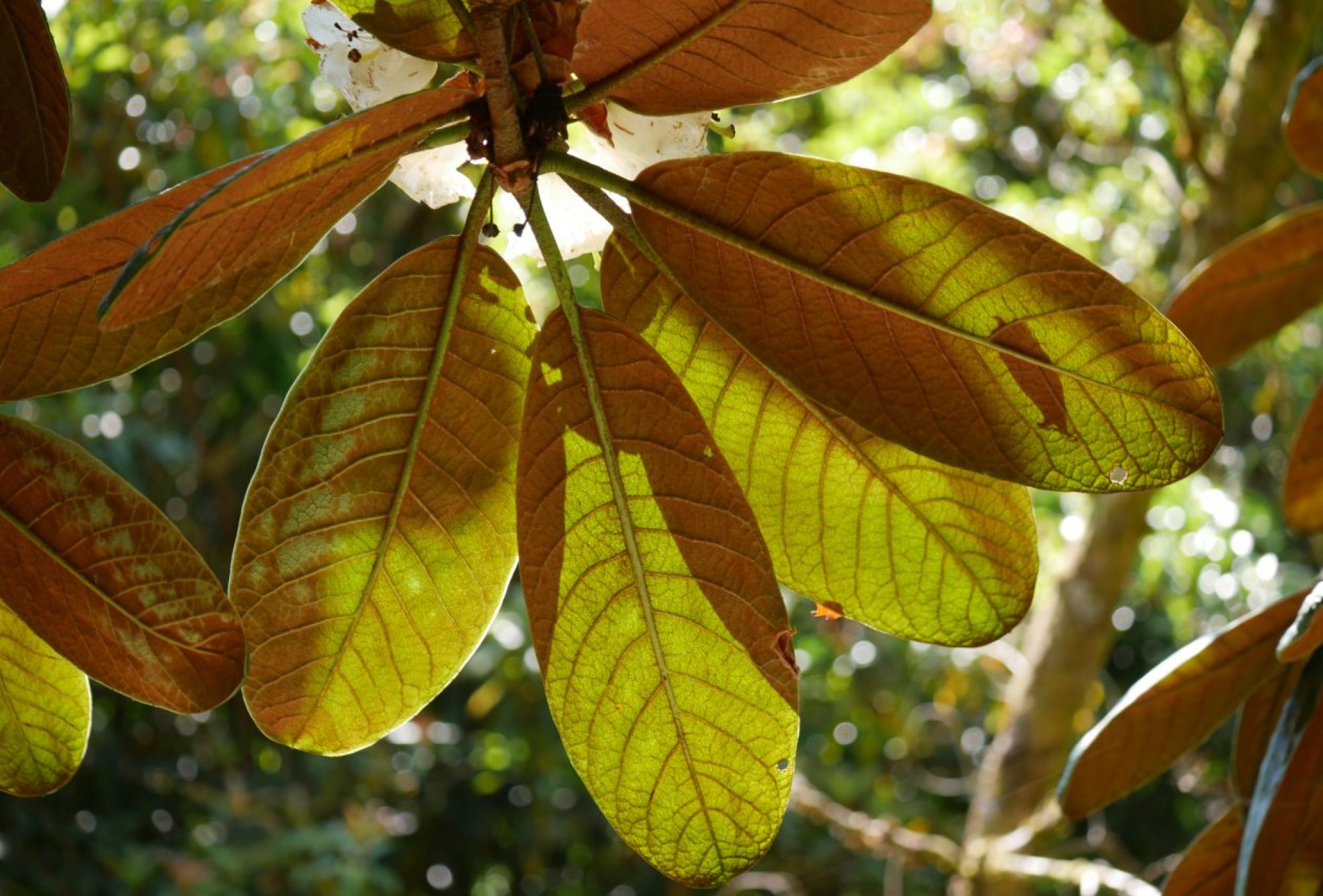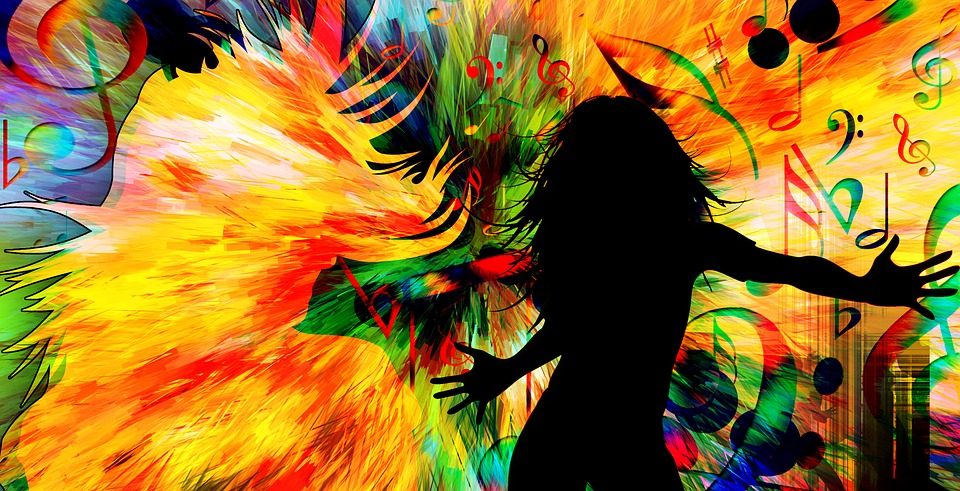This week the focus was on music and creative dance. The first workshop was all about how being involved in music or playing an instrument can improve skills and grades in other subjects. We looked at a paper written by Susan Hallam called the International Journal of Music Education that talked about different areas of the curriculum and how they are impacted by music education or participation. Each small group was given a different area of the paper and made a mind map showing the main points from the paper. Our group had numeracy, which was a difficult section because it has not yet been proven that music solely impacts development in maths and numeracy. There have been studies on the impact of music on numeracy but the results have been inconsistent and contradictory, with some stating that it music makes a difference and others stating that it doesn’t For those reports that found that music has a profound impact on maths and numeracy, it cannot be said for certain that it is solely music that makes the difference; that there are not other factors that lead to positive results. Each group then presented their findings to the class so that everyone got to hear what each part of the rather long paper was talking about.

The second activity of the workshop was all about lesson planning. Each group was to plan a lesson around one of the headings in the paper, you could either use the topic that your group looked at or you could write about a different topic. Our group decided to plan a lesson based on music and literacy. We decided that the class you listen to three different pieces of music, then they would choose one of theses pieces and write a creative story about what the music made them think about. We also thought of two follow up activities where the children would create a storyboard based on their story and the second wold be where the children act out their story using their storyboard.

The second workshop of the day was all about dance. This was the first dance input of the module and myself and many others were very nervous about it, however we needn’t have worried because the class was really quite enjoyable. We started off by playing a game of dance Chinese whispers, for this we lined up from tallest to shortest and we re then split in half. The person at the end of the group was shown an 8 beat dance and had to pass it on along the line, showing the person only once. Once the dance had reached the person at the front of the line, they performed it to see if it was correct, which it was in this case; there was only one step missed out. Then we broke off into four groups and played the person knot game, where you put your hands into the centre of the circle and take someone else’s hands so you are all jumbled up. Then you have to work together to get back to being a circle again, this can sometimes take for ever and be difficult to achieve but our group managed to complete the task in a matter of minutes. The next activity saw us travel around the room in various ways (sidestep, hop, skip etc.) and when the music stopped a number was shouted out and we had to get into groups of that size. Whatever number was shouted meant we had to create a shape with all the members, for example:
- Create a salmon
- Create a Scottish flag
- Create the Loch Ness monster
- Create the river Clyde
- Create a castle
The next activity was a follow the leader type activity, the whole class lined up and the person at the front of the line created a dance move depending on the song style, for example, if the song was Bollywood then you could twist your hands like screwing in a light bulb. Once everyone in the class had had the chance to make up a move we moved onto the next activity where we broke off into smaller groups and made body maps. This involved someone lying on a large piece of paper while another person drew round them, them as a group we were to mark on the outline where different structures are on the body. We were to label some bones (cranium, clavicle, ribs, humerus, ulna, radius, phalanges, femur, tibia and patella), muscles (triceps, biceps, abs, pectorals, trapezoids, gluteus maximus, quadrilaterals and a few others) and organs (heart, brain, kidneys, liver and lungs). This was to help us identify the different muscles that we have to stretch before exercising, the next activity was where we were shown hoe to warm up and stretch our muscles to prevent injuries. The final activity was where we learnt about the 10 key movements that every child has to learn, these 10 key movements can allow the child to create any kind of dance routine. The key movements are as follows:
- Twist
- Balance
- Turn
- Kick
- Jump
- Hop
- Gesture
- Slide
- Roll
- Reach
Using these 10 key movements in any order results in a dance routine, and it is key that children are taught these 10 key movements as without them you cannot expect a child to create a dance, as they will have no knowledge of movements they can use. After learning about the 10 key movements, we split up into groups of 6 and were tasked with creating our own dance routine which involved a move from each of the 10 key movements. After some time of practising we performed our routine to the class to show off what we had achieved. Then we were given a sheet of paper that had 6 words on it, we were to create a dance move that fitted with the words on the sheet.

We were to add these new moves into our routine and keep them in mid as they will be used in the future.
The activities used throughout this workshop were very user friendly and I now feel more confident in teaching dance to children!
References
Susan Hallam (2010) International Journal of Music Education [Module Resource] Available: Integrated Arts Module Music Section [Accessed: 17 October 2017 ]


